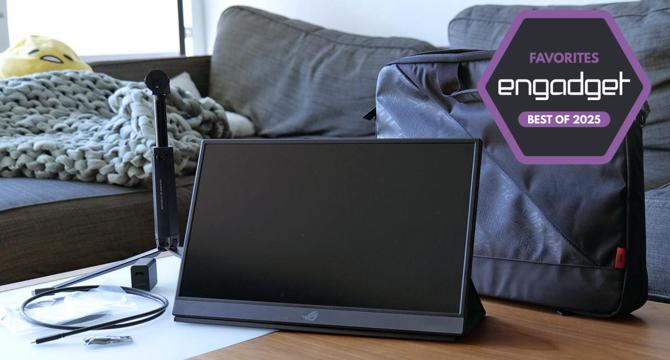Engadget
3d
40

Image Credit: Engadget
The best portable monitors in 2025
- Portable monitors have become essential tools due to the rise of remote work, with a wide range of options available from various PC makers at prices ranging from $100 to $1,000.
- Considerations before buying include usage scenarios, size, connectivity options, and compatibility with existing devices, with factors like screen size and quality being crucial.
- Important specs to look for in a portable monitor include panel type, brightness, refresh rate, and connectivity options like HDMI or USB-C ports.
- Brightness levels of 300 nits or above are recommended for better visibility, and models with higher brightness levels are preferred for accuracy.
- Connectivity is crucial, with most monitors featuring HDMI or USB-C ports and support for passthrough power over USB-C for convenience.
- While most portable monitors offer a 60Hz refresh rate, higher rates like 120Hz or 240Hz are available for gaming purposes for smoother gameplay on the go.
- Disadvantages of portable monitors compared to regular monitors include size limitations, with most portable monitors falling in the 14- to 17-inch range.
- Portable monitors act as supportive devices to expand screen real estate and must be connected to laptops or tablets, unlike tablets that function independently.
- Key ports to look for in a portable monitor include HDMI or USB-C for connection to a computer, as well as additional ports like USB-A for accessory connectivity.
- Article Source: [Engadget - Best Portable Monitors 2025](https://www.engadget.com/computing/accessories/best-portable-monitor-120050851.html?src=rss)
Read Full Article
2 Likes
For uninterrupted reading, download the app